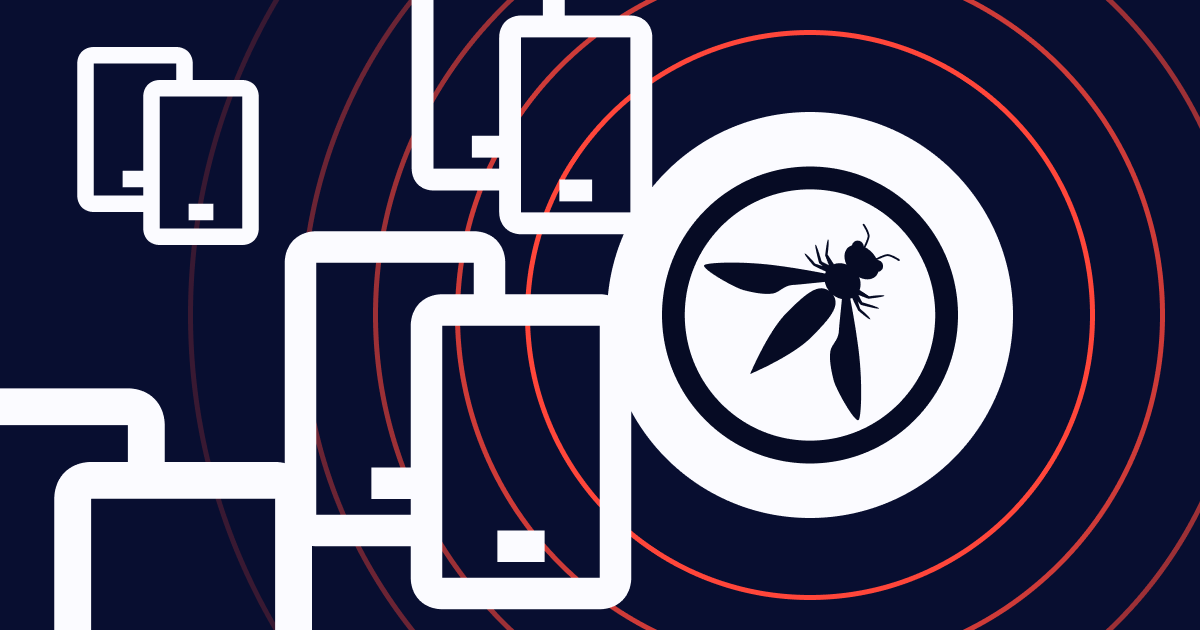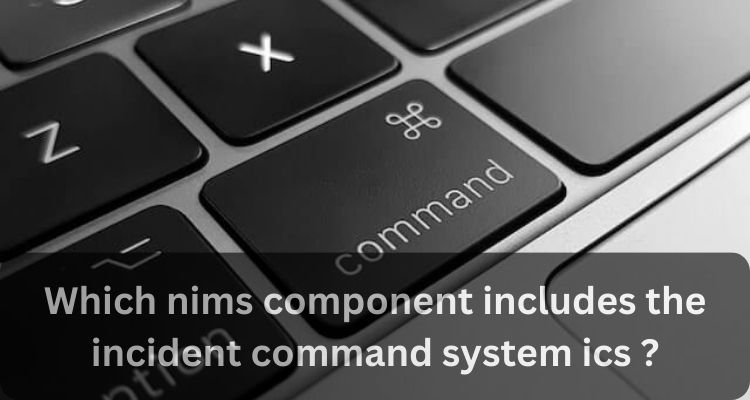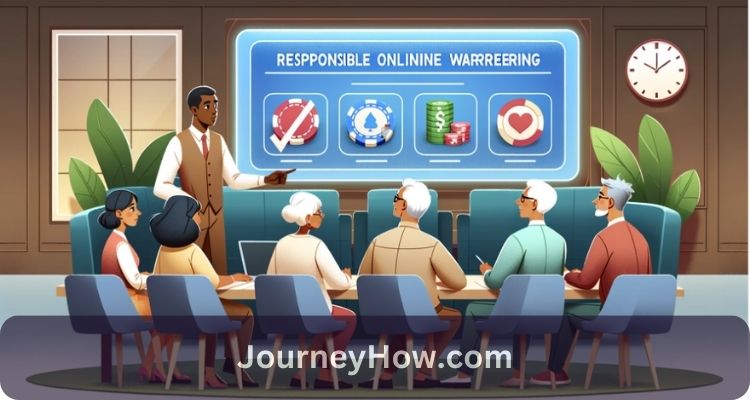Since web application vulnerabilities are so common, it’s important to be security-minded and understand OWASP top 10 vulnerabilities. By following these best practices, you can secure your application against attack. Some tips include: using strong passwords, restricting user access to only the resources they need, and logging all activity to identify and track attacks.
In addition to these security measures, it’s important to have an incident response plan and to implement logging mechanisms to help you identify and track attacks. By doing all of these things, you can ensure that your web application is safe and secure.
Injection
Injection vulnerabilities are one of web application developers’ most common security risks.
They can easily be exploited to inject malicious code into your web application, leading to data theft and even user authentication credentials being stolen.
As OWASP advises, ensuring that user input is sanitized before it enters sensitive parts of your application is the best way to avoid injection-based attacks.
Broken Authentication
Broken authentication is one of the most common web application vulnerabilities. It occurs when attackers can access user accounts and passwords. In the worst-case scenario, they can exploit the system and gain control.
A good way to prevent this vulnerability is using strong authentication mechanisms such as two-factor authentication (2FA). 2FA adds an extra layer of security that makes it difficult for unauthorized users to access your account or sensitive data.
Sensitive Data Exposure
Besides the security risks of exposing web applications to the public, sensitive data such as login credentials and account information can also be easily stolen. It is important to take proper security measures to reduce these vulnerabilities. This includes using authentication techniques for users and protecting against session hijacking attacks. Furthermore, ensure lockdown access to sensitive data by disabling user access or restricting access only to authorized users.
XML External Entities
XML External Entities (XXE) vulnerabilities are a common source of security vulnerabilities. They can be exploited to inject attacker-controlled data into web application user interfaces or data stores, potentially leading to information disclosure and cross-site scripting attacks.
You can protect your web applications from attack by understanding XXE vulnerabilities and how they can be exploited. Ensure all data stored in XML files is properly sanitized before being sent to the server – this will help reduce the risk of XXE attacks occurring in the first place.
Broken Access Control
Broken access control is one of the most common security vulnerabilities. It can lead to unauthorized users accessing your system, compromising data and even jeopardizing the security of your web application.
To secure your web application against attacks, ensure you have a comprehensive security strategy that includes authentication and session management, encryption and password protections, monitoring of user activity logs etc. The Ten Rules of Security for Web Applications by OWASP are an excellent guide when securing any web application.
Security Misconfiguration
One of the top vulnerabilities that businesses face is security misconfiguration. This can lead to unauthorized access, data theft, and even cyber-attacks.
To secure your web application from these harmful attacks, ensure all your applications are configured securely and use standard security measures such as authentication and encryption. Furthermore, review OWASP’s Top 10 list for more tips on securing your web application.
Cross-Site Scripting
Cross-Site Scripting (XSS) is a vulnerability that enables attackers to inject malicious scripts into web pages viewed by unsuspecting users. This can result in data theft, user accounts being compromised, or even cross-site scripting attacks being launched against other web application vulnerabilities.
To protect yourself from XSS attacks, you must adopt proper security measures, such as using a Content Security Policy (CSP). You should also use OWASP’s App Scanner tool to verify the security of your applications.
Insecure Deserialization
Insecure deserialization can allow attackers to read and modify data within your application, leading to unauthorized access. It also makes it possible for hackers to take control of your application – a phishing attack is just one way this vulnerability can be exploited. As such, you must take steps to protect against insecure deserialization vulnerabilities in your applications.
Using Components with Known Vulnerabilities
One of the most important security measures any business can take is to use components that are known to be vulnerable. By doing so, you open yourself up to data breaches and other security vulnerabilities.
When it comes to web application security, few things are more dangerous than an attacker able to access user data or inject malicious code into your application. To guard against these threats, make sure you install appropriate security measures such as firewalls and intrusion-detection systems. You should also use secure coding practices when working with sensitive user data or cookies. And lastly, make sure you are well-versed in SQL injection attacks – they happen often and can lead to massive damage to your business!
Insufficient Logging and Monitoring
Having logs and monitoring in place is essential for security-conscious web application owners. Without logs, you will be unable to track attacks or identify any security vulnerabilities. In addition, gathering time-based event logs will give you a better picture of how your website is being used and attacked.
To get the best visibility into all aspects of security, use monitoring tools such as intrusion detection systems (IDS) and log analysis tools. This way, you’ll be able to stay ahead of any potential threats and safeguard your web application accordingly.
Conclusion
As web application security becomes more important than ever, it’s essential that developers take the necessary steps to secure their applications. This blog outlines ten best practices for securing web applications with OWASP, providing a comprehensive guide for developers of all experience levels by Appsealing. Make sure to read through the blog and implement the tips outlined to secure your web application!



























+ There are no comments
Add yours